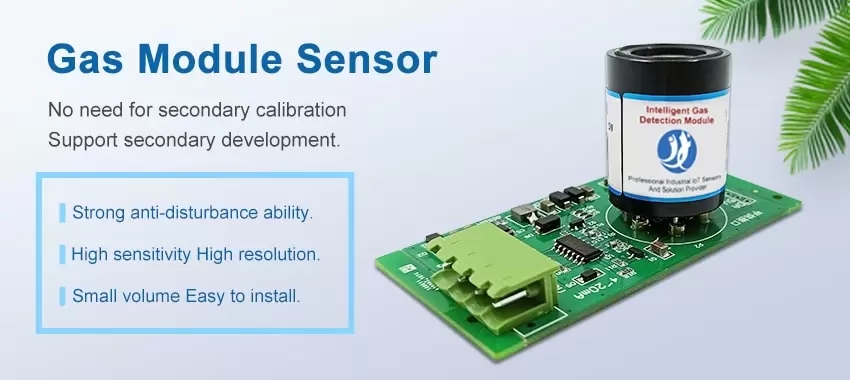Environmental monitoring is crucial in ensuring the health and safety of our planet, and gas sensor technology is playing an increasingly important role in this field. Gas sensors are electronic devices that detect the presence and concentration of certain gases in the air, water, or soil. With recent technological advancements, gas sensors are becoming more efficient, reliable, and affordable, making them an essential tool for environmental monitoring.
The use of gas sensor technology in environmental monitoring has grown significantly over the years. They are widely used to measure and monitor air pollution, greenhouse gases, water quality, and soil quality. The data collected from gas sensors provides critical information for governments, policymakers, and environmental organizations to develop strategies to address climate change, reduce pollution, and protect public health.
One of the most significant advantages of gas sensor technology in environmental monitoring is the real-time data collection and analysis. Gas sensors can provide instant feedback on the presence and levels of pollutants in the environment. This capability allows policymakers and organizations to respond promptly when pollution levels exceed safe thresholds and take necessary steps to mitigate its impact.
Another advantage of gas sensors is their flexibility and adaptability. Gas sensors can be tailored to detect specific gases in different environments, such as industrial settings, urban areas, or remote locations. They are also highly portable, allowing for easy deployment in various locations and situations. Furthermore, gas sensors can operate autonomously, collecting data over extended periods without human intervention, and transmitting it wirelessly for further analysis.
In the future, gas sensor technology is expected to become even more advanced, with increased sensitivity, accuracy, and reliability. Some of the latest innovations in gas sensor technology include nanosensors, which are tiny sensors capable of detecting even trace amounts of pollutants, and wearable gas sensors, which can monitor personal exposure to pollutants, providing individuals with real-time data on their exposure levels.
The development of artificial intelligence (AI) and the Internet of Things (IoT) is also expected to transform gas sensor technology. AI algorithms can analyze large datasets collected by gas sensors, providing insights into how environmental conditions impact different regions and populations. IoT-enabled gas sensors can be integrated with other devices, forming a networked system that can share data and respond in real-time to changes in environmental conditions.
Furthermore, gas sensor technology is becoming more affordable, making it accessible to communities and individuals who were previously unable to monitor their environment's quality. This democratization of environmental monitoring will allow citizens to take ownership of their local environment and hold governments and organizations accountable for their impact on the environment.
In conclusion, gas sensor technology is revolutionizing environmental monitoring, providing detailed and real-time data on the presence and levels of pollutants in our environment. With continued innovation, gas sensors will become more efficient, accurate, and affordable, allowing for widespread adoption and use. Gas sensor technology is essential to addressing climate change, reducing pollution, and protecting public health, and its continued development will play an important role in safeguarding our planet for future generations.
 : +86 155 8830 2704
: +86 155 8830 2704 : jxdziot@gmail.com
: jxdziot@gmail.com
